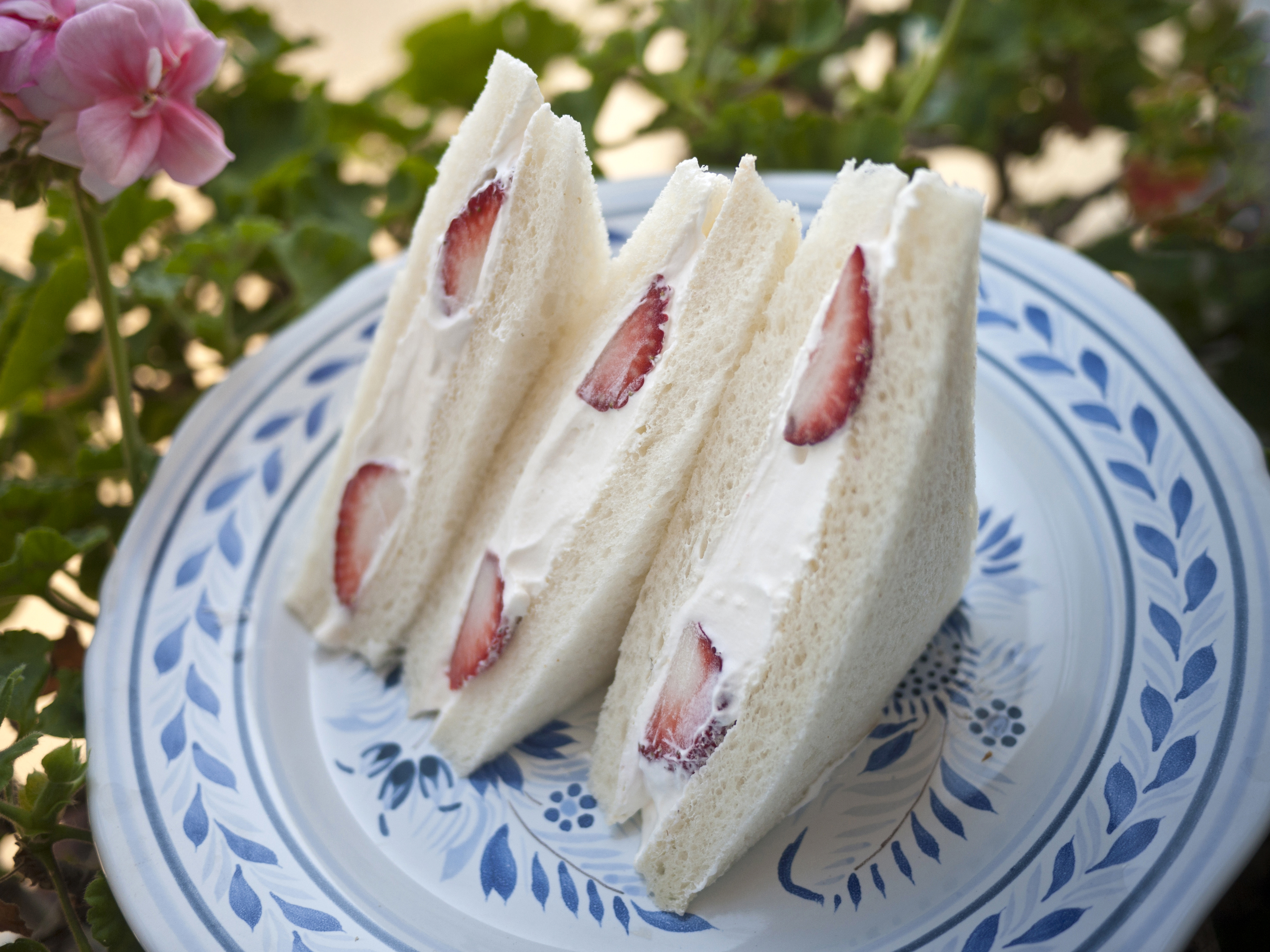It's hard to tell when the real season for fresh strawberries is in Japan, they are even available in December. The actual season, however, goes from spring until early summer, starting with the ones grown in southern Kyushu and ending with the ones grown in the north. In the Kanto region, strawberries from Tochigi Prefecture — the leading producer of strawberries in the country — are in season from March until early May.
A small, wild variety of strawberries is mentioned in "The Pillow Book" by Sei Shonagon, written between the 990s to early 1000s, as a sweet treat enjoyed by the Heian Imperial Court. The type of strawberry that we know today — called "Dutch strawberries" — first entered Japan around the 1840s.They were mostly enjoyed as ornamental plants. Strawberry cultivation was introduced around the 1880s, but it was only after World War II, when greenhouse production became widespread, that they became affordable enough for the general public. Up until then they were rare, expensive commodities. There's a scene in the 2013 NHK morning drama "Gochisosan," which takes place in the late Taisho Period (1912-26), where the protagonist Meiko gets into big trouble for stealing some strawberries that had been left as an offering at a Shinto shrine.
Japan is the seventh largest producer of strawberries in the world as of 2013, with just about all of the output consumed domestically. What makes Japanese strawberries interesting is the bewildering number of varieties available, with new ones introduced almost every year.


















With your current subscription plan you can comment on stories. However, before writing your first comment, please create a display name in the Profile section of your subscriber account page.